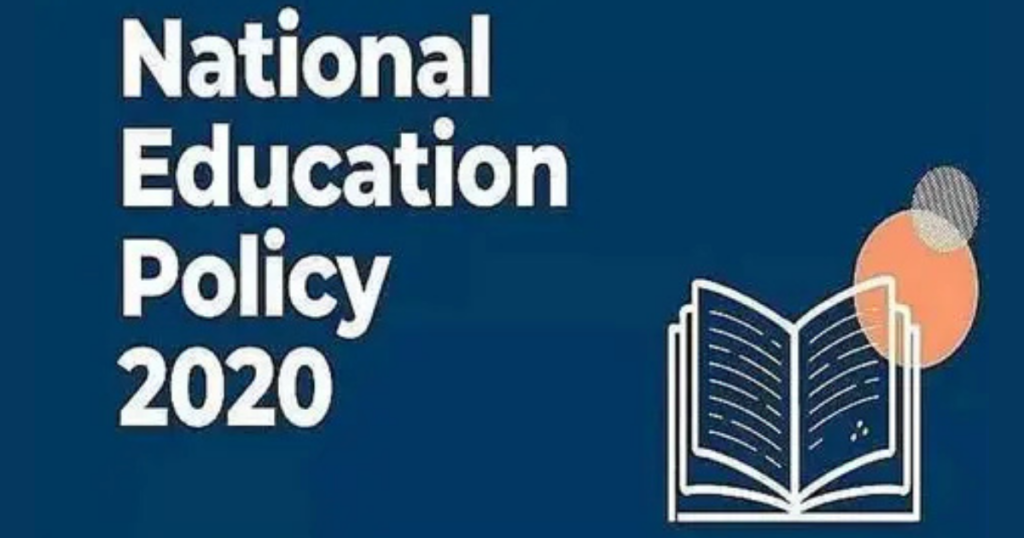Students and professors slam NEP 2020 in a new report, citing steep fee hikes, course cuts, and closures affecting public education across India.
Five years after the rollout of the National Education Policy (NEP), frustration among students and teachers took centre stage at the launch of a new performance review. Compiled by the All India Students’ Association (AISA), the NEP@Five report painted a grim picture, far from the government’s reform narrative.
“This half-decade has exposed how the government is steadily dismantling the country’s education system,” said former Delhi University faculty member Laxman Yadav, opening the discussion at the event held at 25 Meena Bagh earlier this month. On the panel were academics Atul Sood from JNU, Gopalji Pradhan from Ambedkar University Delhi, and Sandhya Devesan from Delhi University. Students from multiple Delhi campuses filled the room, eager to share their own stories.
Concerns were strikingly similar: steep fee hikes, rising dropouts, and a growing number of ‘self-financed’ courses—programmes launched without government funding, often without adequate infrastructure. At Ambedkar University Delhi, the first-semester fee for BA (Hons) in History and English jumped from ₹28,230 in 2022 to ₹33,500 in 2025—an 18.7% hike, the report noted. At Allahabad University, PhD admission fees shot up from ₹500 to ₹16,000 over the same period.
Panellists criticised the push for universities to launch self-financed courses to make up for reduced government grants. As a result, fees for programmes like BCA and B.Voc have climbed sharply, leaving many students struggling. “When some of us opposed NEP in 2020, we were told a changing India needed a changed education policy,” Yadav recalled.
Another major sore point was the introduction of new syllabi and courses without consulting the teachers who would actually teach them. “Even back then, we could see NEP meant diluting both the syllabus and the quality of education,” said Devesan.

Students speak out
The conversation soon moved beyond academic critique. Students from across universities voiced anger not just at the policy, but at their own administrations. Aligarh Muslim University student Adnan Saifi questioned the sudden discontinuation of courses such as the Bachelor of Social Work and the PG Diploma in Islamic Banking and Finance, allegedly due to lack of funds. “When we asked why, the administration didn’t even respond. The courses just vanished from the university website,” he said.
‘Hollowing out public education’
The AISA report drew on data and testimonies from over 20 central and state universities across 12 states, including BHU, JNU, Jamia Millia Islamia, Ambedkar University Delhi, and Karnataka University. It examined NEP’s four-year undergraduate programme (FYUP), which replaces the traditional three-year degree. Under the multiple-exit system, students can leave after one year with a certificate, after two years with a diploma, or after four years with a degree and specialisation.
But the report warned that this structure shifts students away from rigorous, research-oriented education toward short-term, skill-based training—better suited to an unstable service economy than to building academic depth. “This vocational focus comes at the cost of meaningful Honours courses, effectively preparing students for a precarious job market,” it said.
Another red flag was the large-scale closure and merging of schools in several states, disproportionately impacting Dalits, Adivasis, girls, and children with disabilities. In Rajasthan, the Bhajan Lal Sharma-led BJP government began merging 449 schools with nearby high-performing institutions earlier this year. Between 2017 and 2023, India lost over 87,000 schools—77,000 of them government-run, the report said. Uttar Pradesh is now considering similar mergers for schools with fewer than 50 students, though official figures are yet to be released.
“The government has built an education system without real knowledge or information,” Yadav concluded. “Through NEP 2020, it is silently restructuring by centralising control, dismantling mass public education, and elevating elite institutions—all while branding it as reform.”
Also Read: Who is Indian university really for? Scholars critique NEP’s gaps